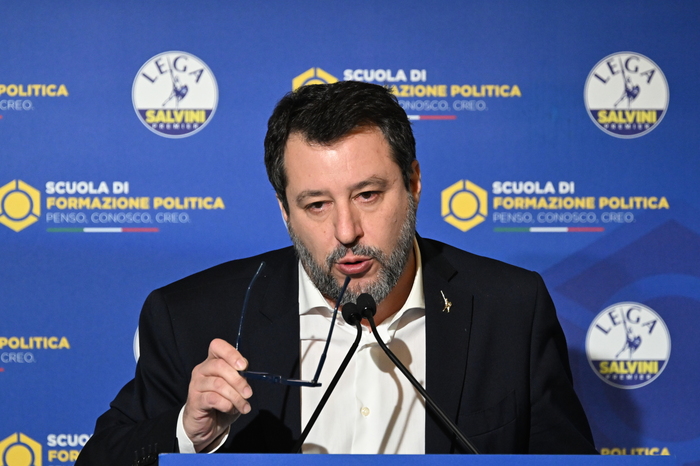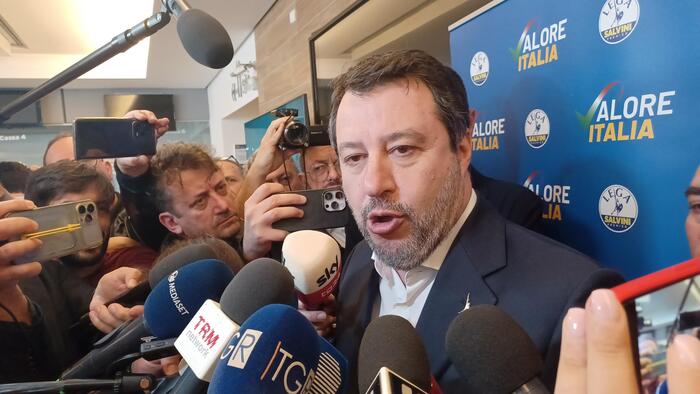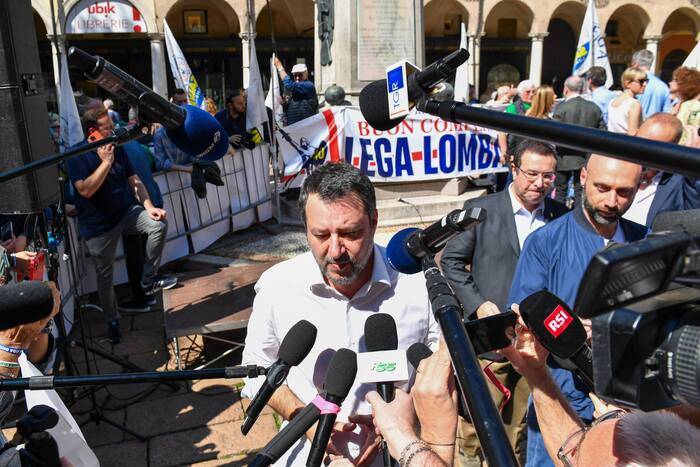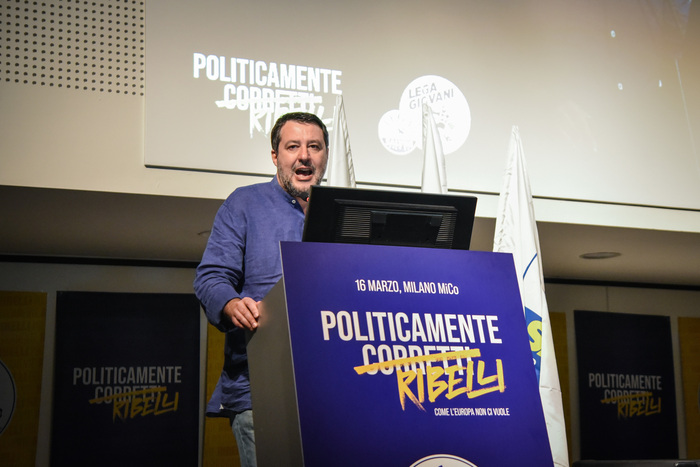Tuscany will remain a land of the left for a few more years.
The League, an Italian far-right party, failed to win the elections in this key region of Italy.
On Sunday evening, the left-wing candidate in the regional elections in Tuscany, Eugenio Giani, is credited with around 47% of the votes, against some 40% to Susanna Ceccardi, the League candidate (far right) of Matteo Salvini.
Read also: Italy: the left threatened in its stronghold of Tuscany
Shortly before 7 p.m., these projections published by Italian televisions were confirmed by the results from half of the Tuscan polling stations confirming the gap.
"
It's an extraordinary victory
", declared Eugenio Giani in front of his electoral committee meeting in Florence, capital of Tuscany.
Her opponent, a 33-year-old MEP, admitted defeat and sent a text message to Mr. Giani asking him "
to govern now for the good of the Tuscans
", according to the media.
"
We have stopped Salvini
", for her part congratulated the general secretary of the local Democratic Party, Simona Bonafé.
Tuscany, admitted Matteo Salvini, "
has been a very hard battle
".
"
We knew that it would have been very difficult
" to beat the left which has defended its stronghold for half a century, he assured in the evening during a press conference in Milan, in an electoral campaign setting. with the slogan on a blue background “
Italians first
”.
A good vote for the government
Six regions - four on the left (Tuscany, Puglia, Campania and Marche), two on the right (Liguria and Veneto) - were to elect new presidents this weekend.
Read also: The Italian right to attack the regions
The left managed to keep three regions in total (Tuscany, Puglia and Campania), but the united center-right / far-right front kept its own and stole the Marches (south) from the parties of the government of Giuseppe Conte, a coalition formed here one year between the 5 Star Movement (M5S) and the Democratic Party (PD, center left).
For the right, these elections supposed to waver the left "
have turned into stability elections likely to take this government until the end of the legislature
", estimated Monday evening the daily
Corriere della Sera
, main draw of the peninsula .
The right will now lead 14 Italian regions and the left five.
Competition on the far right
The regional elections were also a test of popularity among the tenors of the far right: Matteo Salvini, the former interior minister who seeks to retain his contested leadership to the right of the right, and the leader of Fratelli d ' Italia, Giorgia Meloni, who has made strong progress this summer in the polls.
And these are candidates of Fratelli d'Italia who were chosen by the right to lead the assault in the Marche and in Puglia.
Bet won in the Marches with Francesco Acquaroli, criticized last year for having participated in a dinner of nostalgic for Mussolini, but bet lost in Puglia for the MEP Raffaele Fitto opposed to Michele Emiliano.
"
The defeat of the sovereignist right (...) is excellent news for Puglia
", commented hotly Nichi Vendola, former left-wing president of the region.
In Campania, the region of Naples, the right-wing candidate also admitted defeat, promising "
tough opposition
".
Salvini and his
Lega,
on the other hand, consolidate their positions in Veneto thanks to its popular leguist president Luca Zaia who secures a third term with more than 70% of the votes.
The right also retained Liguria, the only region where M5S and PD had yet succeeded in forming an alliance on a candidate.
The results were not yet known for the regional ones in the small region of Valle d'Aosta (north-west).
Fewer seats in parliament
Regarding the national referendum on the reduction in the number of parliamentarians organized at the same time as these regional ones, the "
yes
" won with about 69% of the votes, according to a count relating to the ballots counted in nearly 95% polling stations.
“
A historic result
” for the instigator of the referendum, the head of the 5 Star Movement, Luigi Di Maio, current head of Italian diplomacy.
"
We are going to have a normal parliament, with 345 seats and fewer privileges,
" he reacted on Twitter.
The number of parliamentarians will increase from 945 to 600. Today, Italy has the second most numerous parliament in Europe, behind that of the United Kingdom (around 1,400), and ahead of France (925).
With a relatively high participation rate of 54% in this referendum without suspense, voters mobilized well on Sunday and Monday, following strict security protocols, in this country where the coronavirus, whose prevalence has been rising for seven weeks, killed more than 35,600 people.














